Sidamo Guji Mormora Farm (Devil Farm) introduction to the flavor of Sidamo coffee
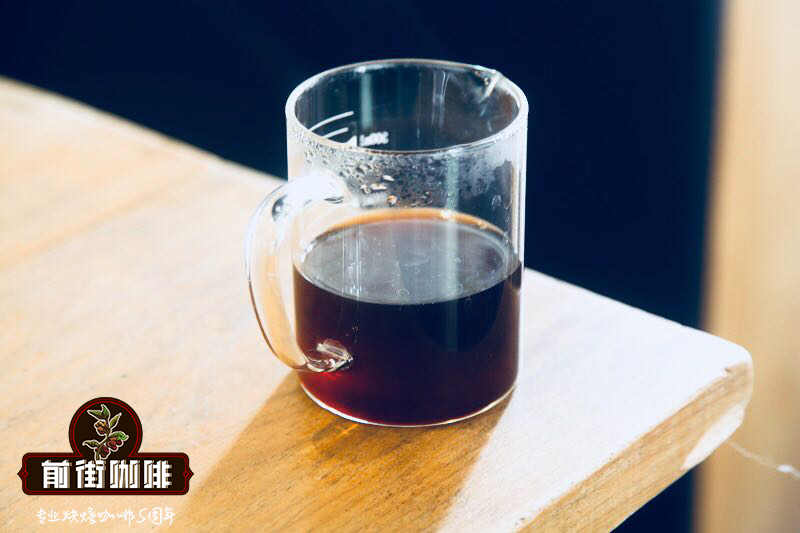
Professional coffee knowledge exchange more coffee bean information please follow the coffee workshop (Wechat official account cafe_style)
The Guji producing area in southern Ethiopia is adjacent to the Sidamo and Gedeo areas, with towering mountains, highlands, plateaus, valleys and plains. The geology of the area is a fertile and well-drained volcanic soil with a depth of nearly two meters and a dark brown or brown surface soil. The biggest advantage of the place is that the soil fertility is maintained through the circulation of natural organic matter, using the withered leaves or litter of the surrounding trees and the residual roots of plants as natural fertilizer.
There are eight major coffee producing areas in Ethiopia: Ekempti, Limu, Illubabor, Djimma, Harrar, Teppi/Bebeka, Sidamo and Yirgacheffe.
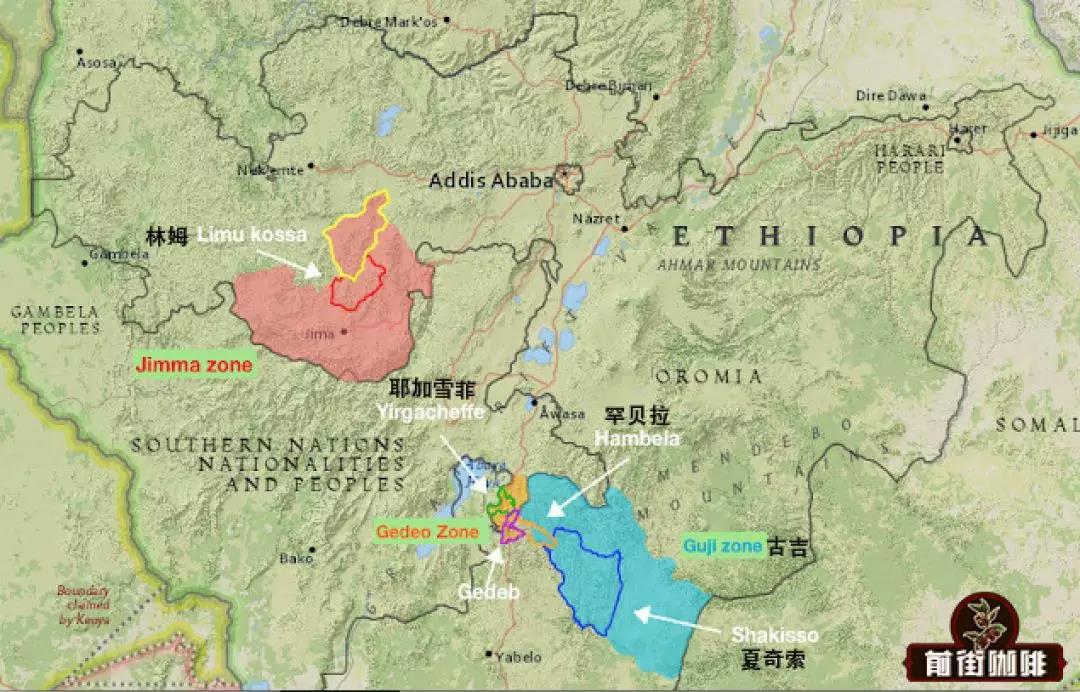
Ethiopian coffee is highly rated in Taiwan, especially Chinese people are particularly interested in and love the three more famous producing areas of Ethiopia, namely Harrar, Sidamo and Yirgacheffe.
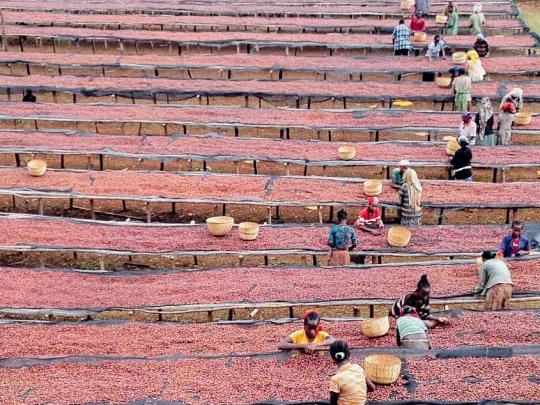
The Sidamo producing area (Sidamo) is located in southern Ethiopia. The industry here is dominated by agriculture, and the coffee-growing area is located around the East African Great Rift Valley (Great Rift Valley). The largest town in Sidamo province is Hawassa, which is an important local coffee export distribution center. The coffee flavor of Sidamo is very diverse, because of the different soil composition, regional microclimate and countless native coffee varieties, the coffee produced in each urban area has obvious differences and characteristics. Shakisso is located in the southern part of Guji and Oromia, adjacent to Sidamo and Gedeo. There are many mines in this area, which were used to mine gold in the early days, so there are many potholes in this coffee growing area, which makes it dangerous for people to walk between coffee growing areas. Shakiso is a unique producing area of Guji / Sidamori, even in West Dharma, which is a remote area away from most coffee producing areas, and another famous local product is gold. Miners, land, ethnicity and other factors also destabilized the region in 2006. As a result, the biggest problem facing the region now is that ─ needs manpower to maintain the growing area and harvest coffee. Local small farmers began growing organic coffee in 2001 and work closely with medium-sized coffee producers because they are familiar with how to grow forest coffee in the highlands.

Mormora Farm (Devil Farm) in Guji Plateau was founded in 2012 by nearby families and local small farmers. They carry out organic agriculture in the Guji Plateau. They increase their planting area every year. All the varieties come from nearby traditional local varieties, they are also known as "mother trees". At present, Guji Highland only produces sun-cured coffee, and plans to build a water washing plant in the future.
Recommended cooking parameters in Qianjie
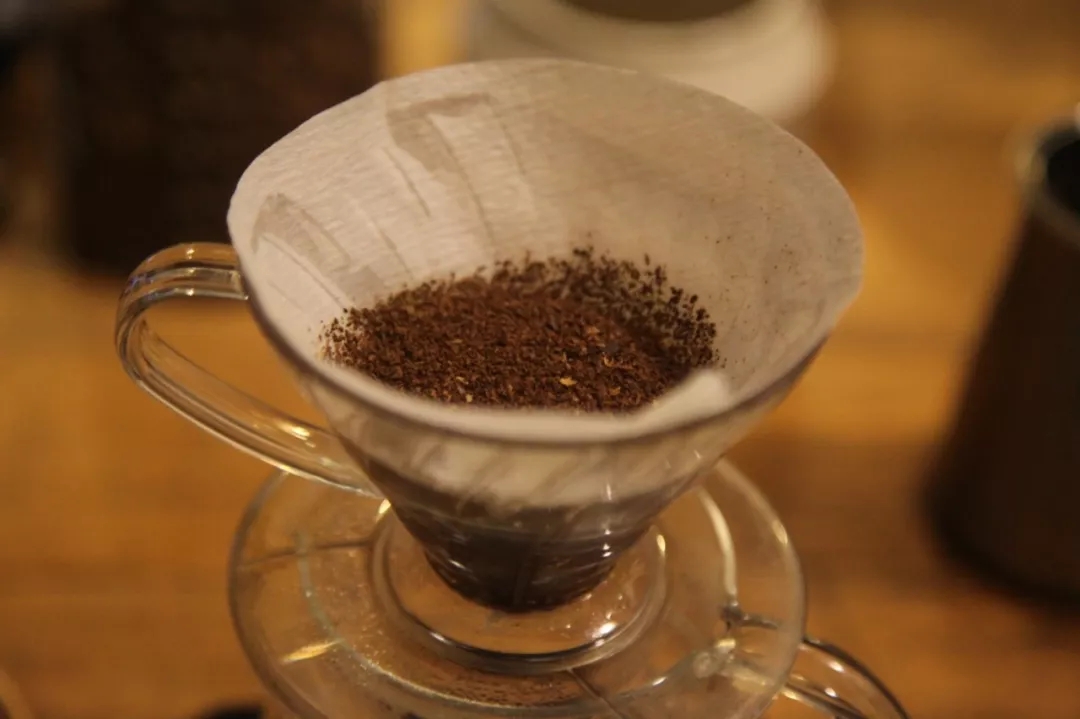
Hand punch: V60 filter cup small Fuji R440 grinding 3.5, water temperature about 90 degrees
The recommended grinding degree of normal pressure is 4 and the water temperature is 90 ℃.
The recommended siphon grinding degree is 4, and the water temperature is 90 ℃ ~ 91 ℃.
The pressure grinding degree of Philharmonic is recommended to be 3.5, and the water temperature is 90 ℃.
Important Notice :
前街咖啡 FrontStreet Coffee has moved to new addredd:
FrontStreet Coffee Address: 315,Donghua East Road,GuangZhou
Tel:020 38364473
- Prev

Yegashefi Aman Oman Smallholder Godibe Single Farm Introduction Yegashefi Coffee Flavor
Professional coffee knowledge exchange More coffee bean information Please pay attention to coffee workshop (Weixin Official Accounts cafe_style) According to Ethiopian laws, there are three coffee export systems: (1) the largest private processing plant system exported through ECX bidding; (2) cooperative system; (3) single farm system. In these three systems, cooperatives and single farms do not have to pass through
- Next
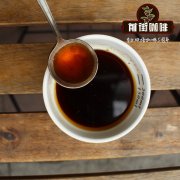
Sidamo Guji Violet (Sasaba) introduce the flavor of Sidamo Guji Coffee
Professional coffee knowledge exchange more coffee bean information please follow the coffee workshop (Wechat official account cafe_style) the Guji producing area of southern Ethiopia is adjacent to the Sidamo and Gedeo areas, the territory is straddled by towering mountains, highlands, plateaus, valleys and plains, with diverse topography. The geology of this area belongs to volcanic soil with rich nutrients and good drainage.
Related
- Does Rose Summer choose Blue, Green or Red? Detailed explanation of Rose Summer Coffee plots and Classification in Panamanian Jade Manor
- What is the difference between the origin, producing area, processing plant, cooperative and manor of coffee beans?
- How fine does the espresso powder fit? how to grind the espresso?
- Sca coffee roasting degree color card coffee roasting degree 8 roasting color values what do you mean?
- The practice of lattes: how to make lattes at home
- Introduction to Indonesian Fine Coffee beans-- Java Coffee producing area of Indonesian Arabica Coffee
- How much will the flavor of light and medium roasted rose summer be expressed? What baking level is rose summer suitable for?
- Introduction to the characteristics of washing, sun-drying or wet-planing coffee commonly used in Mantenin, Indonesia
- Price characteristics of Arabica Coffee Bean Starbucks introduction to Manning Coffee Bean Taste producing area Variety Manor
- What is the authentic Yega flavor? What are the flavor characteristics of the really excellent Yejasuffi coffee beans?

